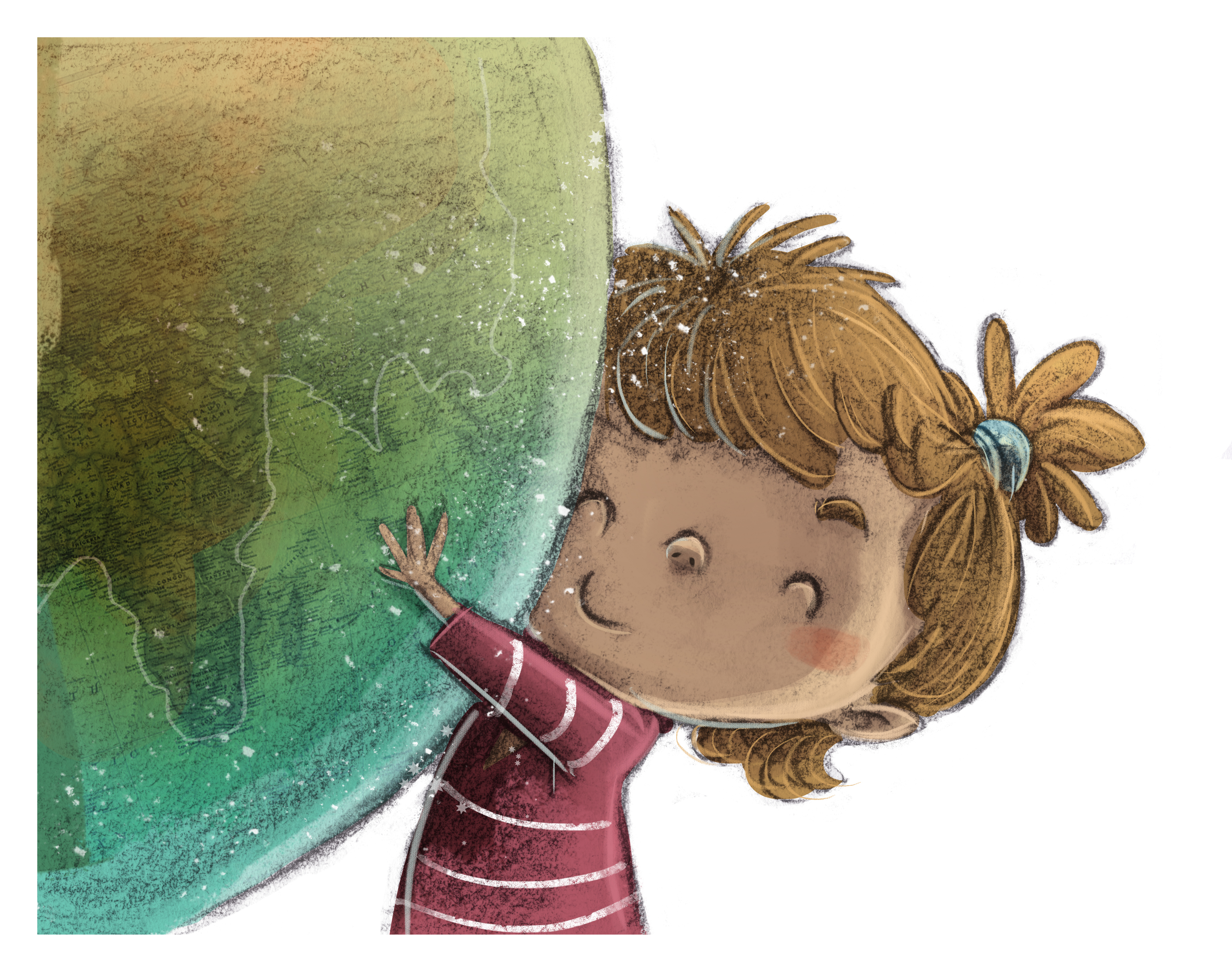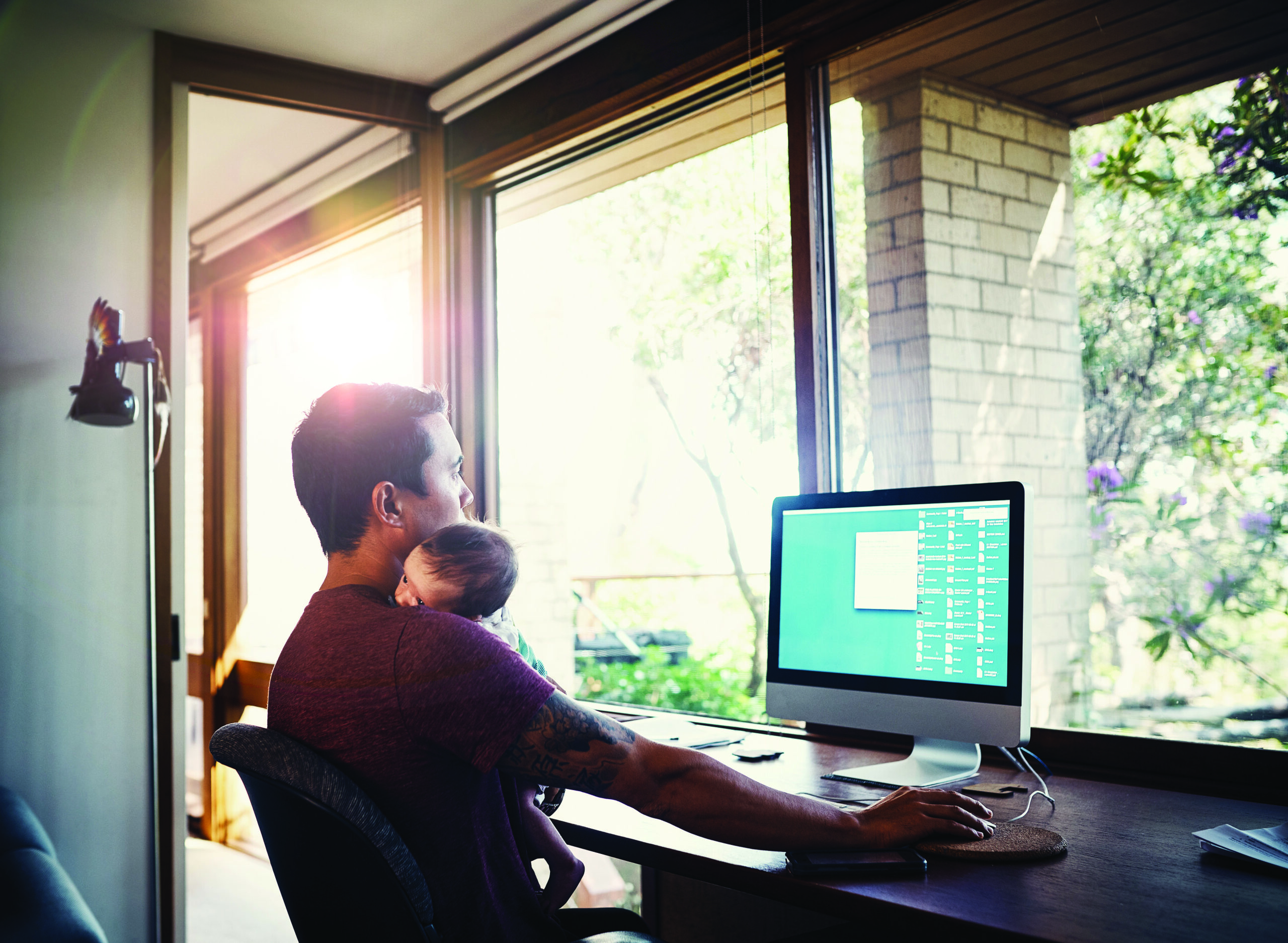by Rachel Gore
According to Yale University’s September 2019 climate opinion map, which analyzes beliefs on climate change, two-thirds of Americans now believe that global warming is happening. Approximately 60% are worried about global warming, with over half of Americans agreeing that it will harm plants and animals, people in developing countries, people in the United States and future generations.
In a world with constant news about the alarming realities of climate change, many people are trying to do their part to help by going green. As a parent today, you understand what your parents may not have—that your actions directly impact the health and longevity of the planet. At the same time, climate change and the public health impacts of global warming are, frankly, scary to think about. It’s natural to want to shield your children from some of the unsettling realities that will happen if things don’t change, but that doesn’t mean you should avoid talking about the environment altogether. In fact, choosing to engage in positive conversations with your children about the importance of being “green” will help prepare them to keep doing their part throughout life.
Here are a few suggestions on getting started:
Lead by example. It’s important for you to remember to practice what you preach. Make active decisions to do “green” things in your own life—whether that be recycling, picking up trash, composting or avoiding plastic bags, straws and other single-use plastics—and make sure that your children see you make these choices on a regular basis.
Explain why being green matters. Little kids probably aren’t ready to hear about mass extinction, deforestation and rising sea levels, but that doesn’t mean they can’t be told the basics. Tell them that the “green” things you do help keep Earth and its oceans clean and usable for future generations.
Explain that if they do things like throw trash or recycling on the ground instead of disposing of it properly, it can harm the plants and animals they share the environment with. Simple messages like these can go a long way.
Make it a game or competition. Who can take the shortest shower? Making water conservation a friendly competition lets you broach the topic of not wasting water with your kids in a way that is fun (instead of in a way that is angry and stress-inducing, like after someone unknowingly leaves the water running for too long).
Garden together. Children find satisfaction and joy in planting, nurturing and watching something under their care grow. Consider growing fruits and veggies, explaining to your kids that eating home-grown food is both healthy and good for the environment because it means they’re eating less prepackaged foods from the grocery store. This is also a great opportunity to tell them that plants need carbon dioxide to live just like we need oxygen and that plants help us by releasing oxygen back into the environment that lets us breathe clean air.
Shop for clothing at thrift stores. A survey done by Savers in 2018 found that the average American throws out over 80 pounds of clothing a year. Altogether, that adds up to about 26 billion pounds of clothing tossed in landfills annually. Explain to your children that by buying secondhand clothing, they are saving it from getting sent to landfills and giving it a second chance at life. Accordingly, have your kids get rid of their own clothing as they grow, bringing them along for the ride to donate it to a secondhand store.
By seamlessly infusing these tips into your life at home, you can make protecting the environment something your kids do naturally. It also gives you the chance to talk about the environment in a way that fosters appreciation and a desire to do well by Earth, which is very different from the dread-inducing conversations they might have learned about climate change at school, from peers or on the news.








Leave A Comment